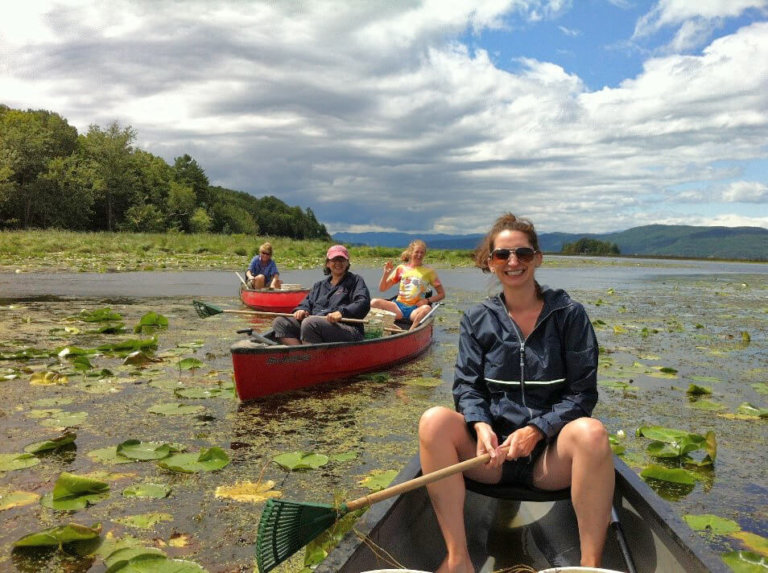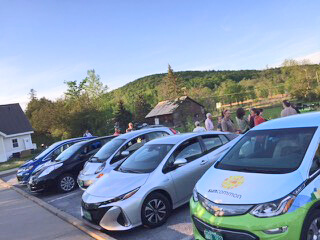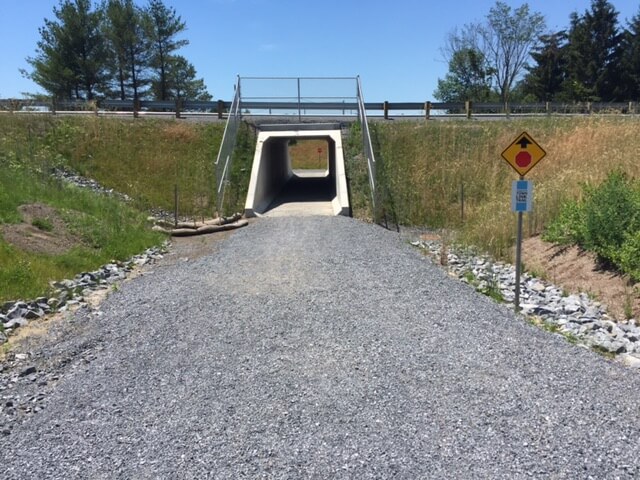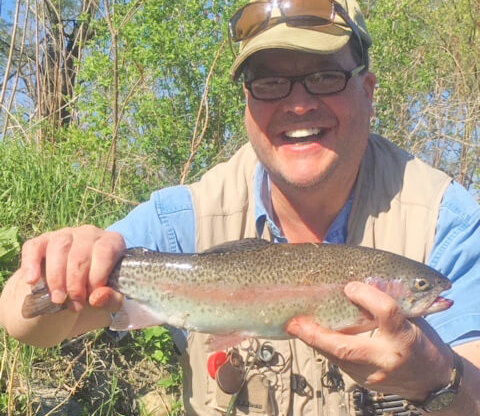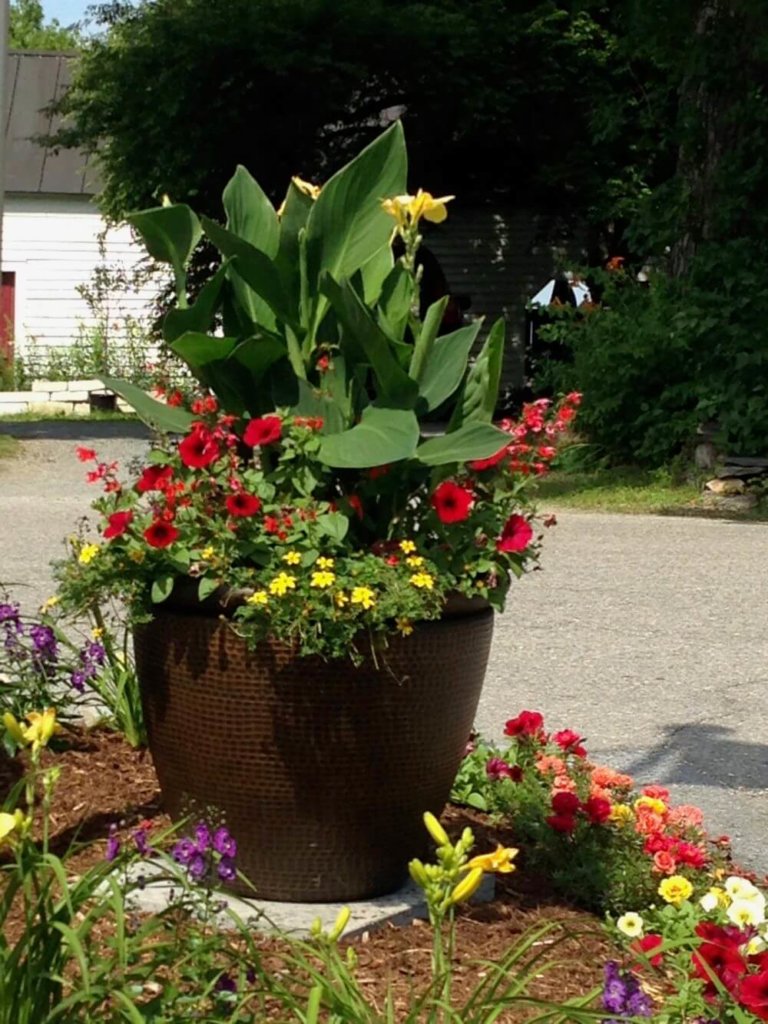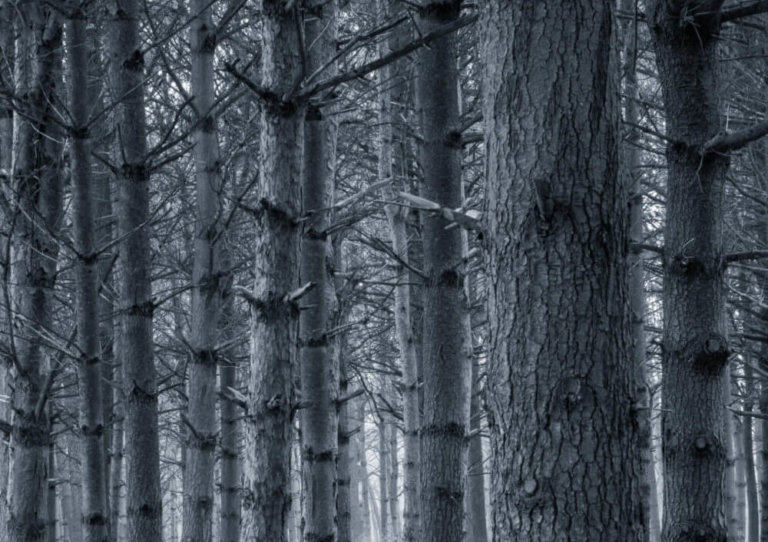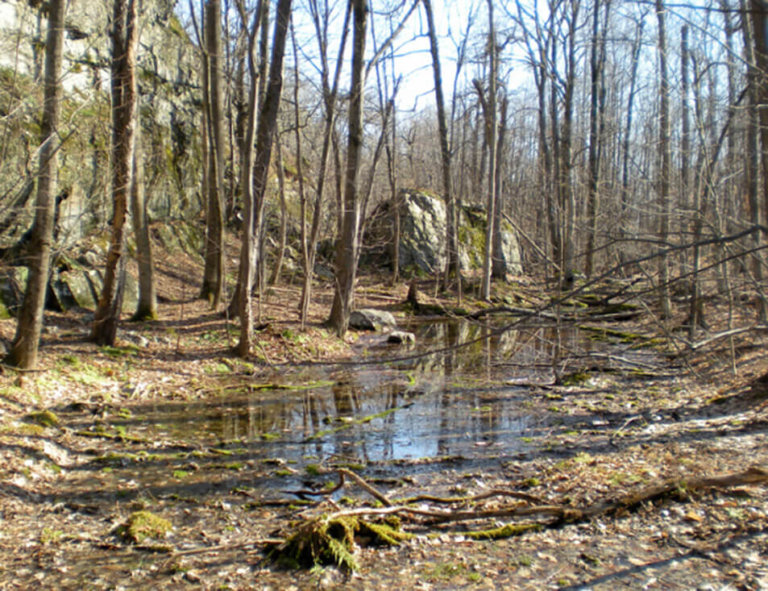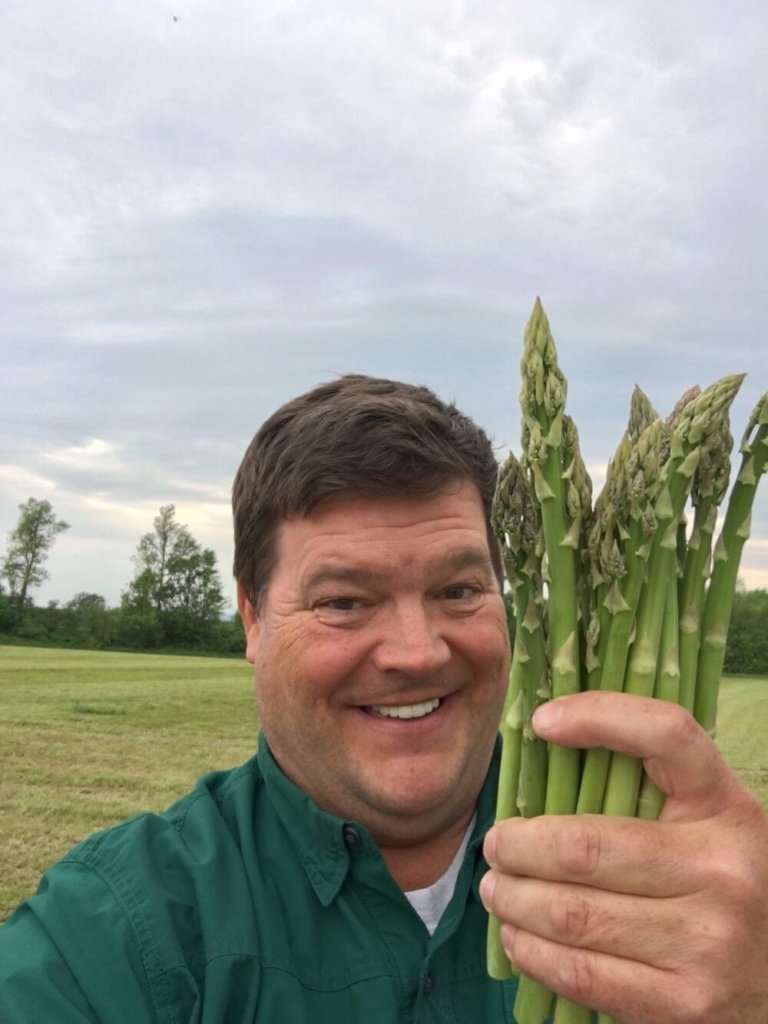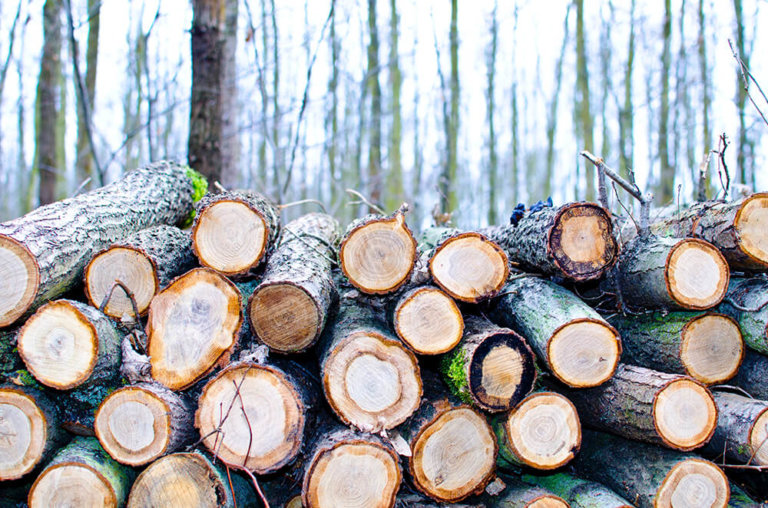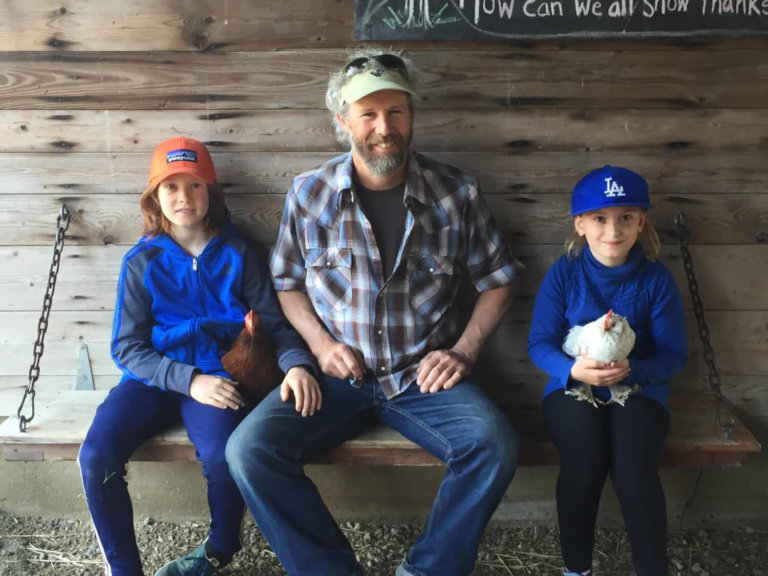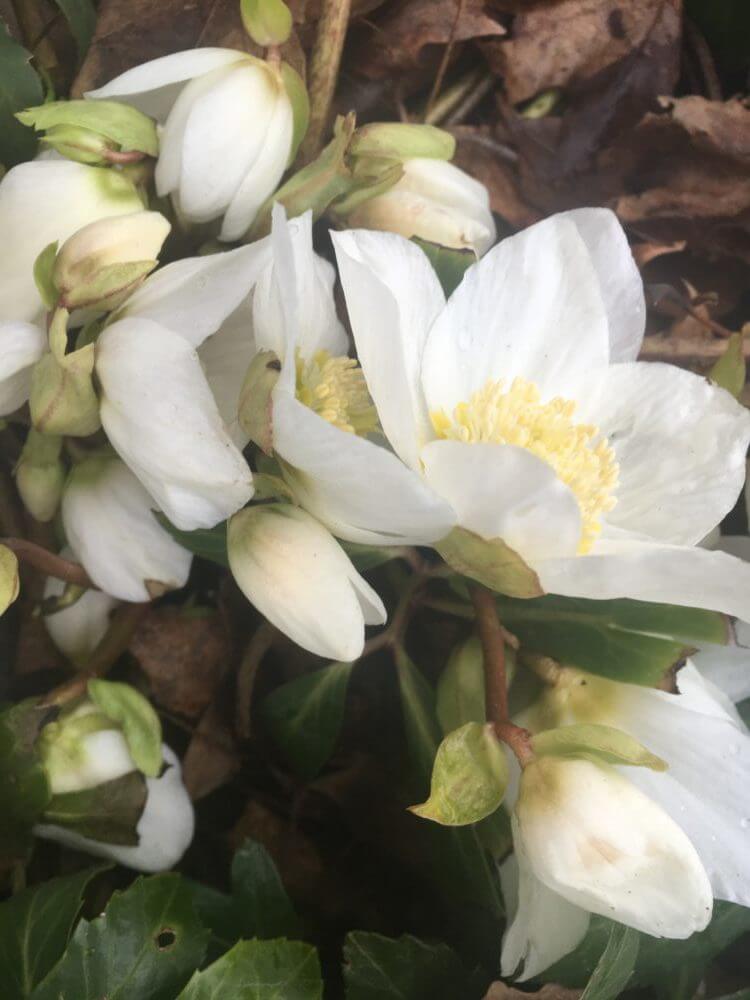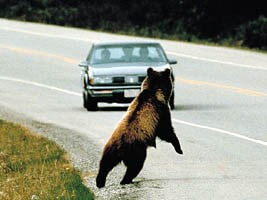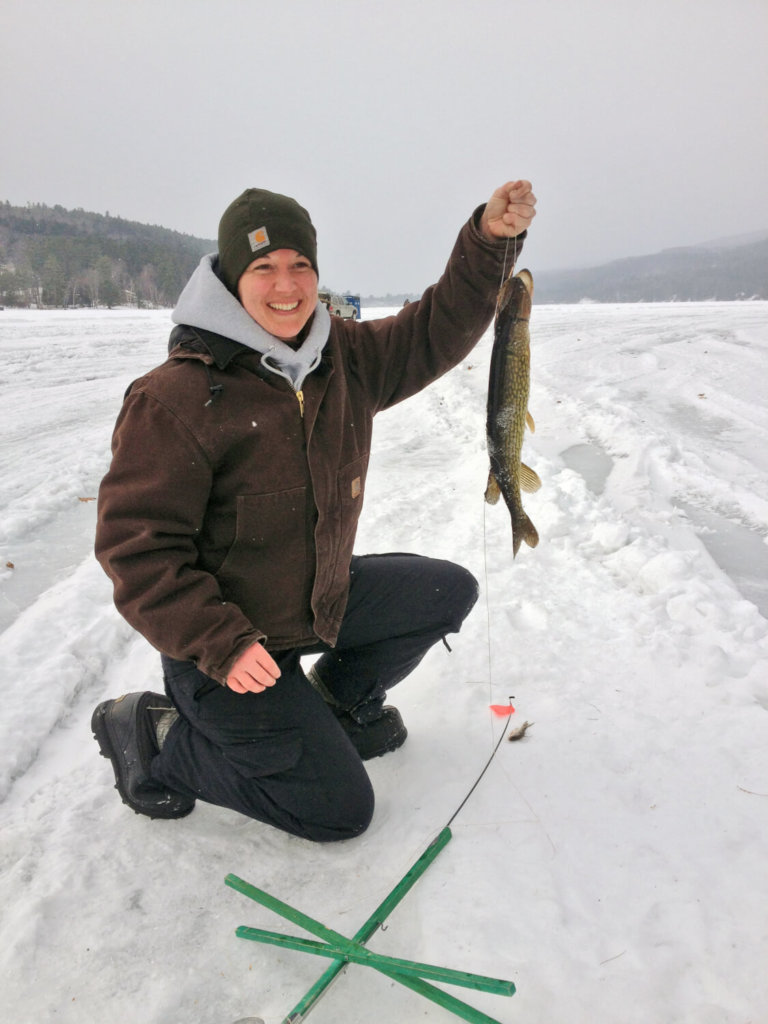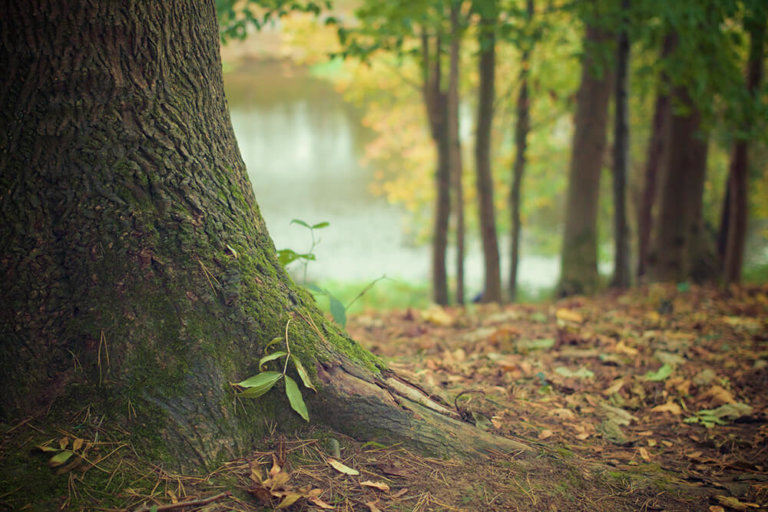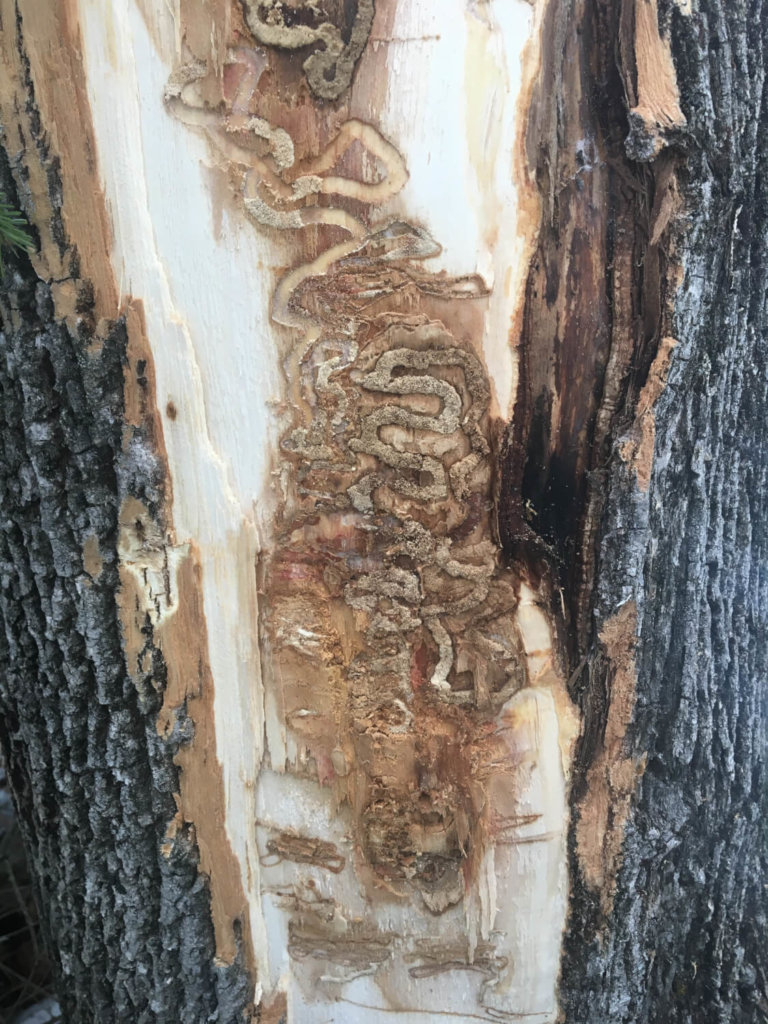How would you react if you received a notice that said your home property would be bisected by a new highway? You would likely go to your town, county and state officials, hire a lawyer, form a neighborhood group to defeat this issue, and, in the end, maybe even try to physically obstruct the process. You have rights, and you voice your objections to this incursion. Now ask yourself, how can wildlife express their distress when their home and ability to survive is threatened by a new road, by developments that fragments forests with spread-out houses and by the addition of domestic predators? The unfortunate truth is they can’t.

